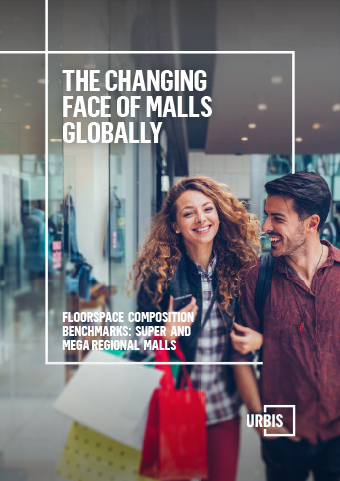The rapidly changing face of retail is impacting the composition of malls globally. Landlords are having to become increasingly innovative to ensure their malls remain relevant and productive. There are many lessons from looking internationally to see how other markets are adapting to the changing market.
At Urbis, we’ve helped clients develop, expand and improve the performance of malls for more than 50 years.
Our work with the retail sector draws on our expertise across the board – from planning and design, to community consultation and economics – but all our work is underpinned by our research capability. We know the sector and its drivers better than anyone.
We track the changing market forces and consumer trends and we understand the demographics and the global trends.
All of this means we can help our clients improve the shopping experience and respond to rapidly changing shopper demands.
We help our clients prepare for – and shape – the future of retail environments.
Our Floorspace Composition Benchmarks: Super and Mega Regional Malls study examines how the composition of Super Regional and Mega Regional malls (i.e. larger than 90,000 sq.m GLA) reflects the preferences and behaviour of local consumers. It also highlights how the traditional models of mall development are progressively changing to reflect the modern retail market.

